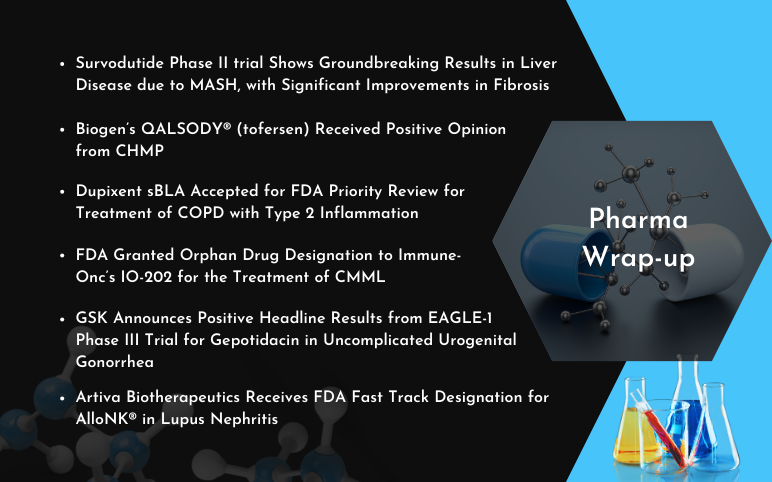Retinal Degeneration is the deterioration of the retina caused by the progressive and eventual death of the retinal cells. It is the damage to photoreceptor cells of the retina which malfunctions and distorts the received image. This is often a progressive disease in which the patient will suffer a continuous decline in vision. There are several reasons for retinal degeneration, including artery or vein occlusion, diabetic retinopathy, R.L.F. /R.O.P. (retrolental fibroplasia/ retinopathy of prematurity), or disease (usually hereditary). Retinal degenerative diseases have a number of potential initiating events that result from naturally occurring disease processes, trauma like retinal detachment or any of the forms of retinitis pigmentosa but regardless of cause if photoreceptors are lost, particularly cones, a sequence of progressive events is initiated that induces negative plastic remodelling of the neural retina. Mutations in the rhodopsin gene account for 25% to 30% of all cases of autosomal dominant retinitis pigmentosa (adRP) in some American countries. There are many mechanisms of retinal degeneration attributed to rhodopsin mutations or mutations that involve or affect the function of rhodopsin. One mechanism of retinal degeneration is rhodopsin overexpression. Another mechanism, whereby a mutation caused a truncated rhodopsin, was found to affect rod function and increased the rate of photoreceptor degeneration. In humans, inherited retinal degenerative disorders exhibit genetic and phenotypic heterogeneity in their underlying causes and clinical outcomes. These retinopathies affect approximately one in 2000 individuals worldwide.
Common Retinal Degenerations
The most common retinal degenerative diseases are:
- Age-related macular degeneration (Dry and Wet): It pertains to damage in the macula, a spot near the centre of the retina, which is important for sharp central vision. AMD does not lead to complete blindness but the loss of central vision highly interferes with everyday activities
- Retinitis Pigmentosa: It is a progressive, neurodegenerative disease that typically begins in the periphery and progresses to the centre of the retina. It is caused due to retinal degeneration due to a mutation in photoreceptor genes responsible for making proteins that work for rod and cones cells present in the retina
- Stargardt Disease: Stargardt disease is an inherited disorder of the retina – the tissue at the back of the eye that senses light. The disease typically causes vision loss during childhood or adolescence, although in some forms, vision loss may not be noticed until later in adulthood. It is rare for people with the disease to become completely blind
Current Pipeline Scenario
The current therapeutic pipeline for Retinal Degeneration is vast. Around 40+ companies are involved in developing drugs for different types of retinal degeneration. Many of them are focused to target retinal degeneration as a whole while others have single target disease. Major Key players include Allergan (Abicipar), Novartis (Brolucizumab), Ohr Pharmaceutical (OHR-102), Ophthotech (Pegpleranib) and Novelion Therapeutics (Zuretinol acetate). There are around 30+ products in mid-stage of development which are showing positive results and hopefully can hold an emerging position in the treatment of Retinal Degeneration. The associated companies such as Alkeus Pharmaceuticals, Allergan, GlaxoSmithKline, Astellas and many others are showing a positive sign to retinal degeneration diseases. Recently, Luxturna a gene therapy by Spark Therapeutics was approved by the UD FDA.This therapy launched a wave of controversy because of its skyrocketing price of $850,000 for a one-time treatment.
Future Prospects
Although, there are many products available in the market for the treatment of retinal degeneration diseases, either emerging drug would probably get into space on approval. By analyzing the current pipeline products, DelveInsight estimates that knowledge related to Retinal Degeneration is continuously expanding, and testing and the introduction of new treatment modalities in the clinic is imminent. We can hope that future multimodal therapies could be tailored to individual patients based on their genotype and phenotype, which would increase greatly the chances of halting the course of retinal disease progression and ultimately lead to the long-term restoration of visual function.









-Agonist.png)


